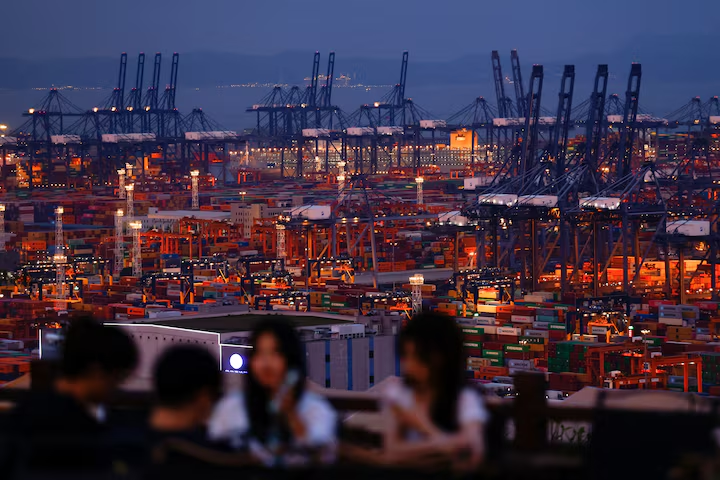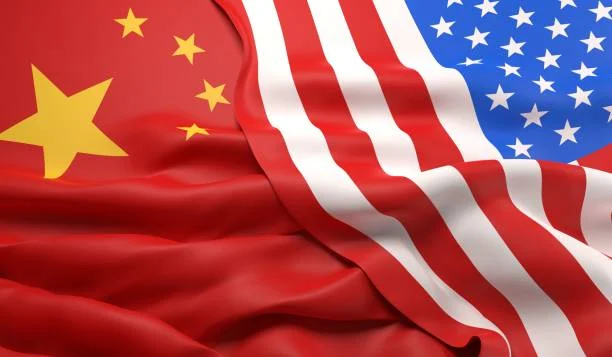Latest Updates on the US-China Trade Talks: A Step Toward Easing a Prolonged Conflict
In early May 2025, senior officials from the United States and China convened in Geneva, Switzerland, for the first in-person trade negotiations since the imposition of extraordinarily high tariffs by both nations. These talks, held at the discreet residence of the Swiss ambassador to the United Nations, represent a critical effort to de-escalate a trade war that has severely disrupted global markets and supply chains.
Background and Context
The trade conflict escalated sharply after U.S. President Donald Trump implemented tariffs reaching up to 145% on Chinese imports. China retaliated with tariffs as high as 125% on American goods, effectively bringing bilateral trade to a near standstill and threatening global economic stability. The tariffs have unsettled financial markets, raised concerns about inflation, and caused companies on both sides to seek alternative supply chains or consider price increases.
The Geneva Talks: First Day
The initial day of discussions took place on Saturday, May 10, 2025, and lasted approximately eight hours. Chinese Vice Premier He Lifeng led the Chinese delegation, while U.S. Treasury Secretary Scott Bessent and U.S. Trade Representative Jamieson Greer headed the American team. The talks occurred behind closed doors, and neither side publicly disclosed detailed outcomes or specific concessions at the conclusion of the day.
Despite the lack of formal statements, U.S. President Donald Trump expressed optimism about the progress made. Posting on his social media platform Truth Social, Trump described the discussions as “very good” and characterized the outcome as a “total reset” in trade relations, negotiated in a “friendly, but constructive, manner.” He emphasized the goal of opening China’s market to American businesses for mutual benefit, declaring, “GREAT PROGRESS MADE!!!”.
Chinese state media echoed this cautious optimism, describing the talks as an “important step” toward resolving the dispute. However, they underscored that a final agreement would require patience, determination, and ongoing global support. The Chinese delegation reaffirmed its commitment to protecting national interests and maintaining order in international trade.
Continuation and Challenges
The negotiations resumed on Sunday, May 11, continuing the effort to find common ground. Analysts and officials have tempered expectations, noting that the talks are focused primarily on de-escalating tensions rather than achieving an immediate, comprehensive trade deal. Both sides remain wary of appearing weak, and the environment is marked by mutual distrust.
U.S. officials have made clear that tariff reductions will not be unilateral. Any easing of tariffs by the United States is contingent upon reciprocal concessions from China. Commerce Secretary Howard Lutnick indicated that complete removal of tariffs is unlikely in the near term, but there is potential for lowering them to more manageable levels if negotiations proceed positively.
Economists have warned that the ongoing trade war could stifle global economic growth and elevate inflation risks, with some fearing it might push the U.S. economy toward recession. The tariffs have already disrupted supply chains, prompting U.S. companies to diversify away from China and Chinese manufacturers to increase exports to Southeast Asia.
Venue and Diplomatic Nuances
The choice of Geneva and the Swiss ambassador’s residence as the venue reflects a desire for a neutral, discreet setting conducive to sensitive diplomacy. The villa, located in the tranquil suburb of Cologny overlooking Lake Geneva, provided a secure environment for the lengthy discussions. Switzerland’s role as a mediator was facilitated by recent diplomatic outreach to both Beijing and Washington.
Outlook
While the Geneva talks signal a willingness by both the U.S. and China to engage directly and reduce trade tensions, the path to a full resolution remains uncertain. The high tariffs remain in place, and the negotiations are still in their early stages. The current focus is on de-escalation and establishing a framework for future dialogue rather than immediate tariff rollbacks or sweeping trade reforms.

In conclusion,
The US-China trade talks in Geneva represent a cautiously hopeful development in a fraught relationship. They highlight the complexity of disentangling two of the world’s largest economies from a damaging trade conflict while balancing domestic political pressures and global economic risks. The coming weeks will be critical in determining whether these discussions can lead to a durable easing of tariffs and a more stable trade environment.

